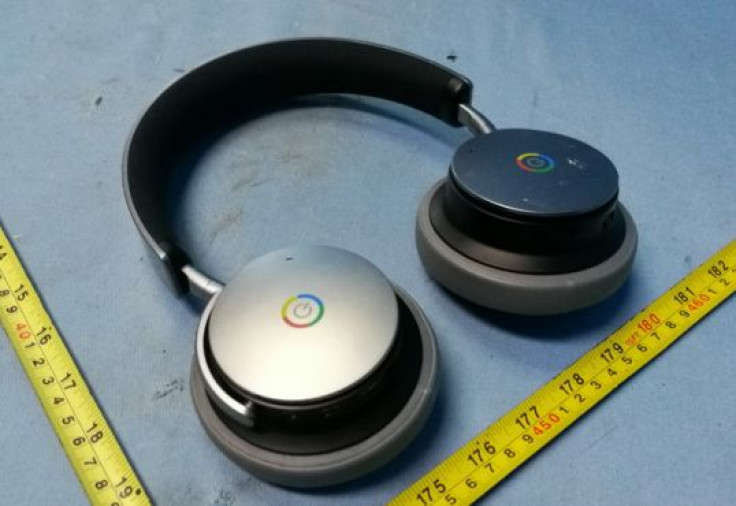Google-Branded Bluetooth Headphones With Noise Canceling Certified By FCC

Google appears to be planning to release its own Bluetooth on-ear headphones and recently obtained Federal Communications Commission certification.
The upcoming device, which comes with the model number GID5B, looks like simple on-ear headphones with a rather bland design. The headphones can be adjusted up and down, while the cups come with really thick padding.
What’s clearly shown is Google’s “G” logo inside a circle with the company’s signature colors on each headphone. The device was first spotted on the FCC website by Liliputing.

The upcoming Google headphones also come with an active noise-canceling feature, which is a method of reducing ambient noise using a power source. The feature can be activated by pressing the ANC button which sits beside the power switch.
The GID5B Google headphones also come with a 3.5mm headphone jack and an auxiliary cable so users can switch from wireless to wired listening. There’s also a micro-USB port for charging, the volume up/down buttons, a microphone for phone calls and a multifunction button for answering, rejecting or ending calls.
As for internal specs, the Google Bluetooth headphones come with 40mm dynamic drivers and a 600 mAh battery. The FCC filing indicated the headphones have a battery life of up to 25 hours on Bluetooth without ANC, up to 16 hours if ANC is turned on or up to 10 hours when listening on maximum volume.

People might be wondering why Google would make its own pair of headphones when there already are a bunch on the market. An anonymous tipster told Android Police the headphones are actually intended for Google employees.
Google actually issues headphones to a large number of its employees and the one that they're currently using is already quite old. As seen in the picture below, the current headphones that Googlers are using bears most of the same design language seen in the photos shared by the FCC. This might also explain why the FCC wasn't so secretive about the device; it won't be sold to consumers.
© Copyright IBTimes 2024. All rights reserved.











